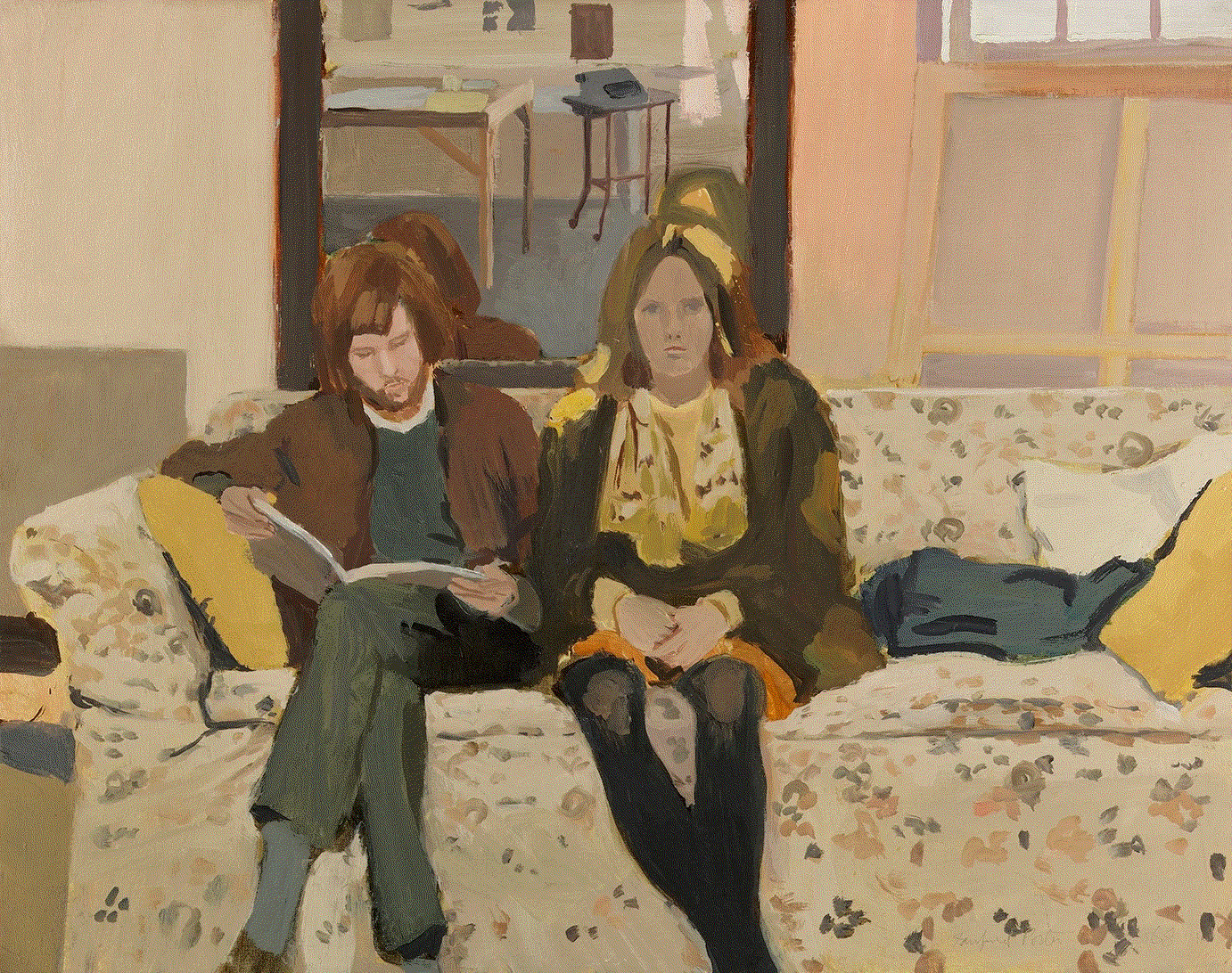“I like to seize the one sharp instant in Nature, to imprison it by means of ordered shapes and space relationships. To this end I eliminate and simplify, leaving apparently nothing but color and pattern. I am not seeking pure abstraction; rather the purity and essence of the idea.”
– Milton Avery
Milton Avery’s life, like most lives, are full of serendipitous twists and turns…some of them good and some, not so good…that take us to unexpected places. He was born in 1885, one of four siblings. As fate would have it, Avery’s father died, forcing him to become the breadwinner for the family. He worked construction and mechanics jobs to make ends meet. Art was not a large, or even small, part of Avery’s early life.
He saw a magazine ad that told him that he could make money if he learned lettering. He went to the Connecticut League of Art Students to sign up for the lettering class but, apparently, a lot of other hopefuls had seen the ad, and the class was full. Serendipitously, he signed up for a drawing class and the die was cast. Eventually, Avery took an evening job as a file clerk so he could study at the School of the Art Society of Hartford.
Milton met Sally when he was almost 40 and she was 22. He lied to her about his age. They married two years later they met and remained together until his death in 1965, when he was 79. Sally Michel Avery died in 2003, at the age of 100.
The couple lived in Manhattan. He stayed home and painted while she worked as an illustrator to support the household. Their apartment became a meeting place for younger artists like Mark Rothko, Barnett Newman and Adolph Gottlieb who were grappling with the art world establishment at the time, which often rejected Abstract Expressionism. They became the founding members of the Federation of Modern Painters and Sculptors (which is still active today. March Avery, Milton and Sally’s daughter is a member).
In 1943, when Rothko, Gottlieb and other artists of the Federation of Modern Painters and Sculptors exhibited their work, New York Times art critic Edward Jewell wrote a review in which he seemed more perplexed than anything else.
Rothko and Gottlieb wrote to Jewell about the new direction that artists were taking:
Dear Mr. Jewell:
To the artist, the workings of the critical mind is one of life's mysteries. That is why, we suppose, the artist's complaint that he is misunderstood, especially by the critic, has become a noisy commonplace. It is therefore, an event when the worm turns and the critic of the TIMES quietly yet publicly confesses his “befuddlement,” that he is “non-plussed” before our pictures at the Federation Show. We salute this honest, we might say cordial reaction towards our “obscure” paintings, for in other critical quarters we seem to have created a bedlam of hysteria. And we appreciate the gracious opportunity that is being offered us to present our views.
Thomas Hart Benton, who taught at the Art Students League in New York, declared himself an “enemy of modernism". One of his students was Fairfield Porter. Ironically, Benton’s most well-known student was Jackson Pollock.
While Abstract Expressionism and Color Field Painting were gaining acceptance and even becoming mainstream, Milton Avery continued to paint in his unique style, which influenced many of the artists who came after him.
Please contact us if you would like more information about the work of Milton Avery, Adolph Gottlieb, Fairfield Porter and Tomas Hart Benton available at Surovek Gallery.
References:
Ben Luke. The Big Review: Milton Avery at the Royal Academy of Arts in London. The Art Newspaper. September 30, 2022.
Leslie Rankow Fine Arts. Federation of Modern Painters and Sculptors, founded in the WPA era, and alive and active today. International Arts Advisory Service.










